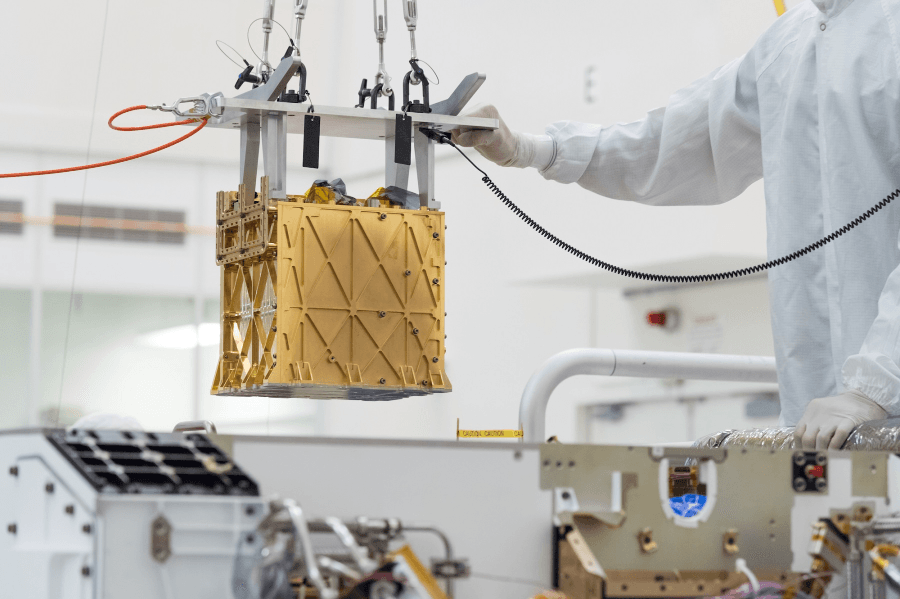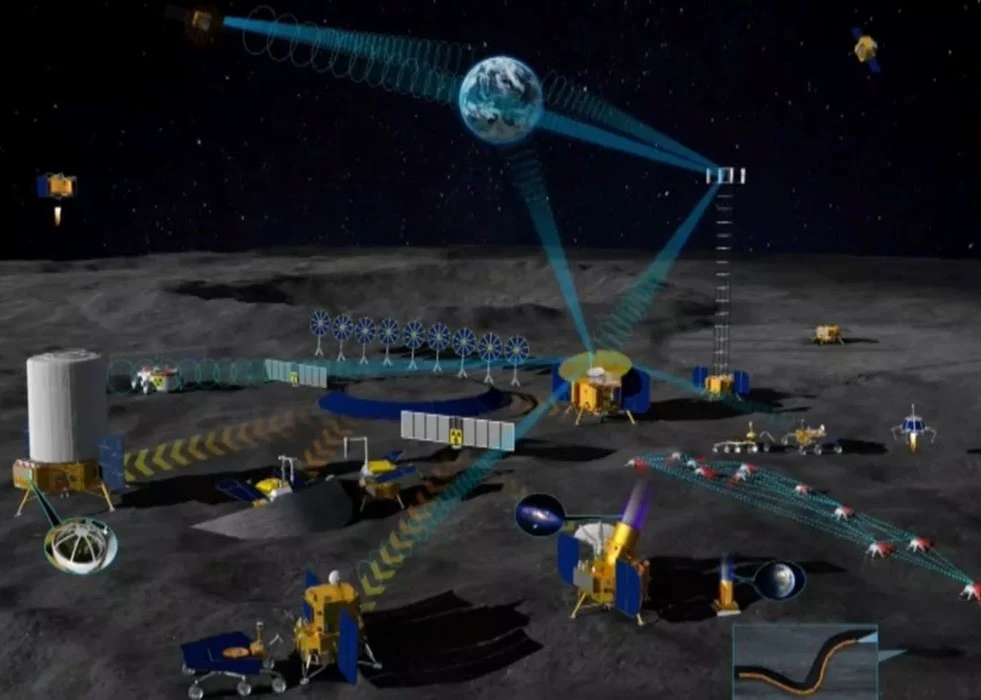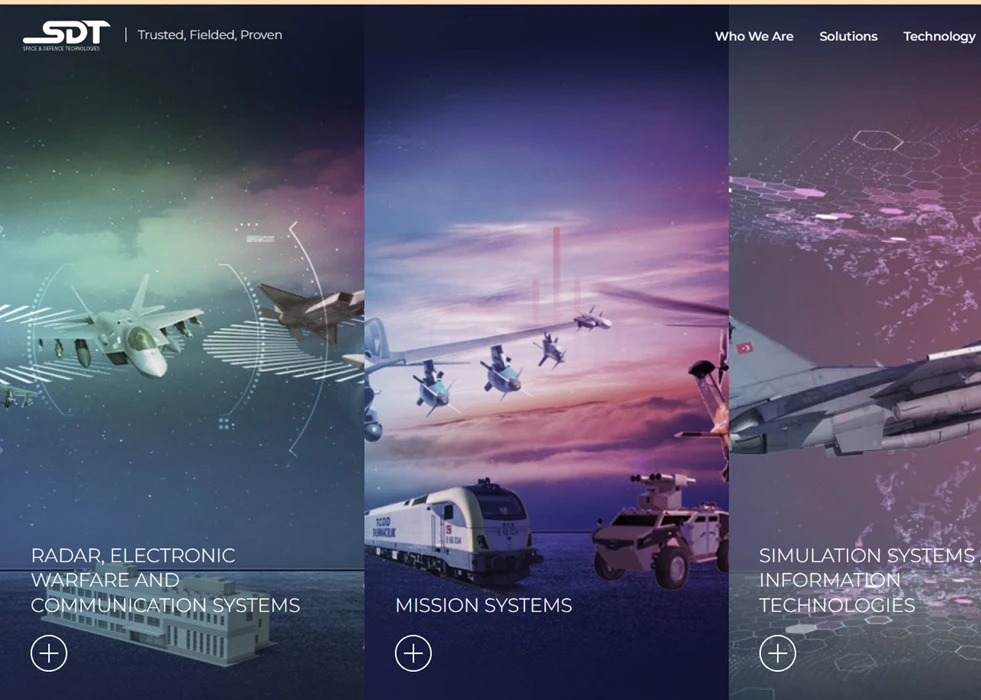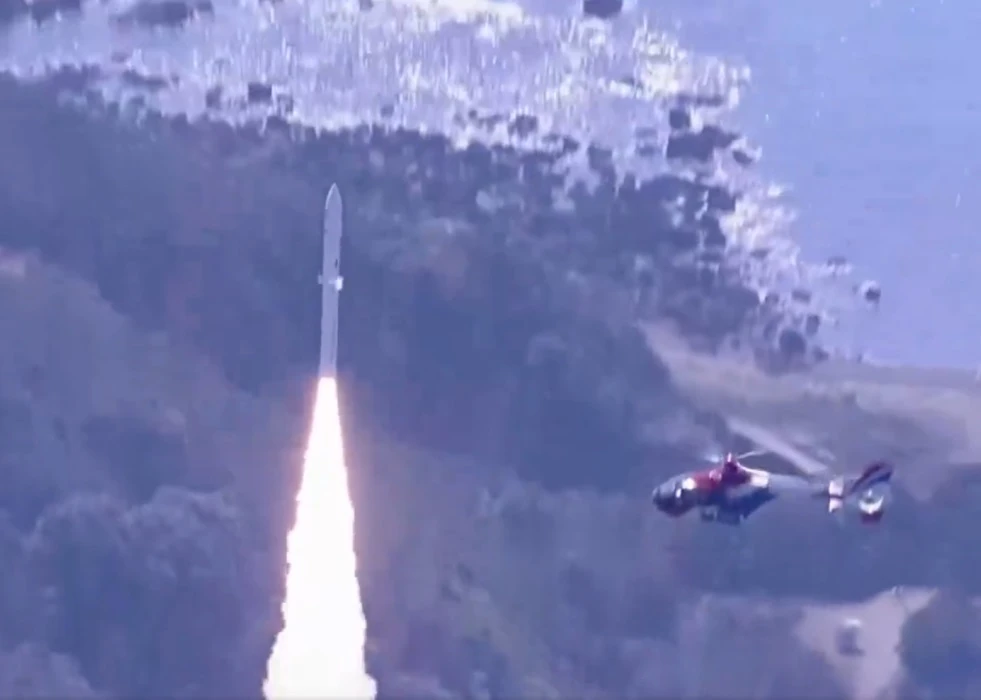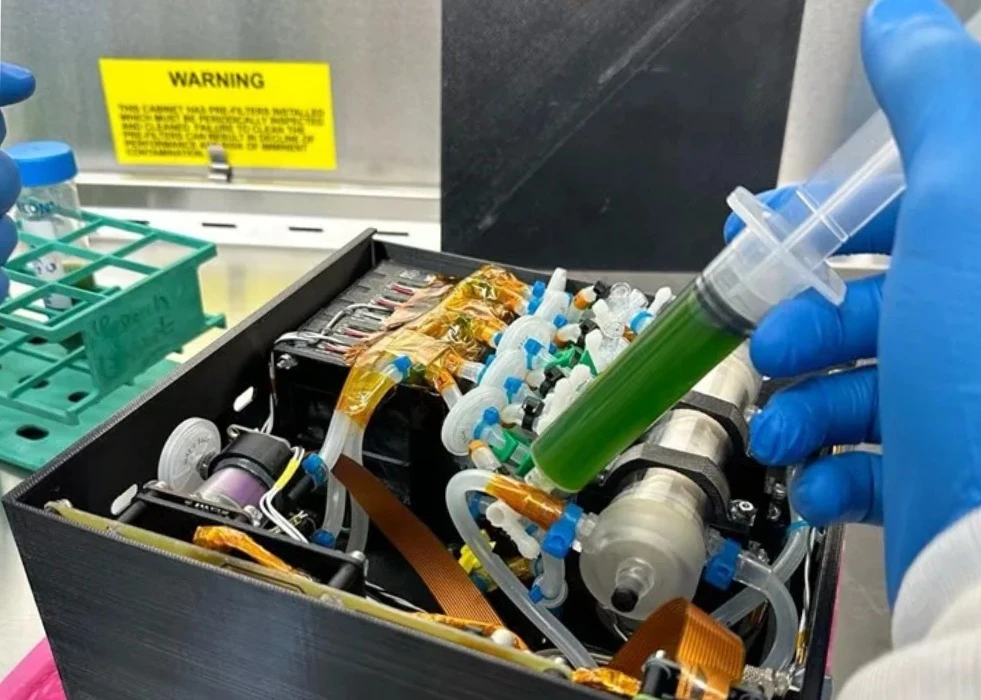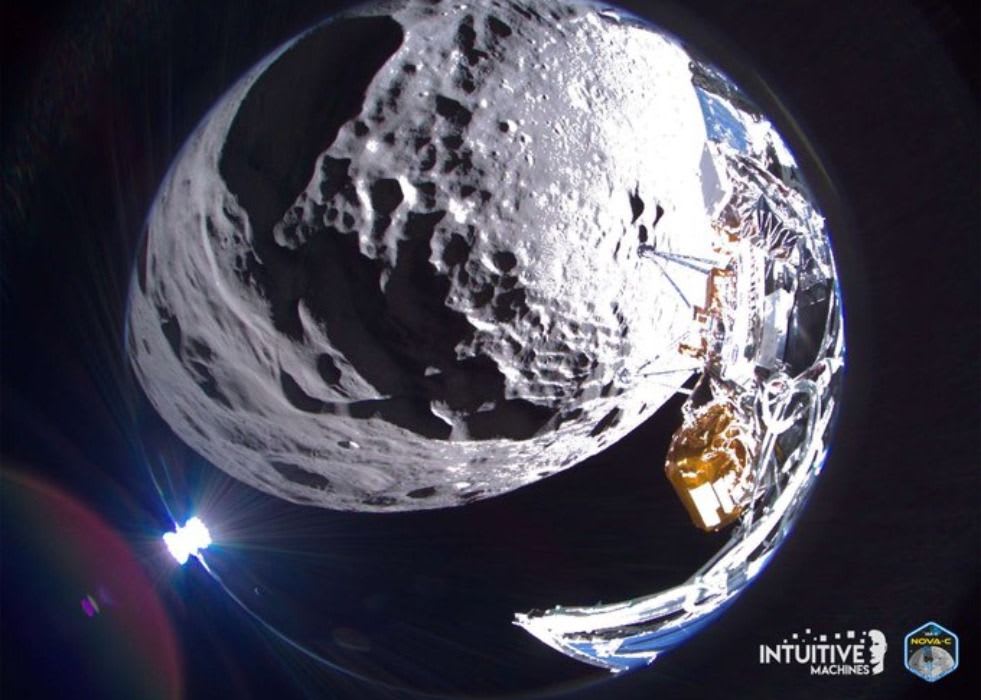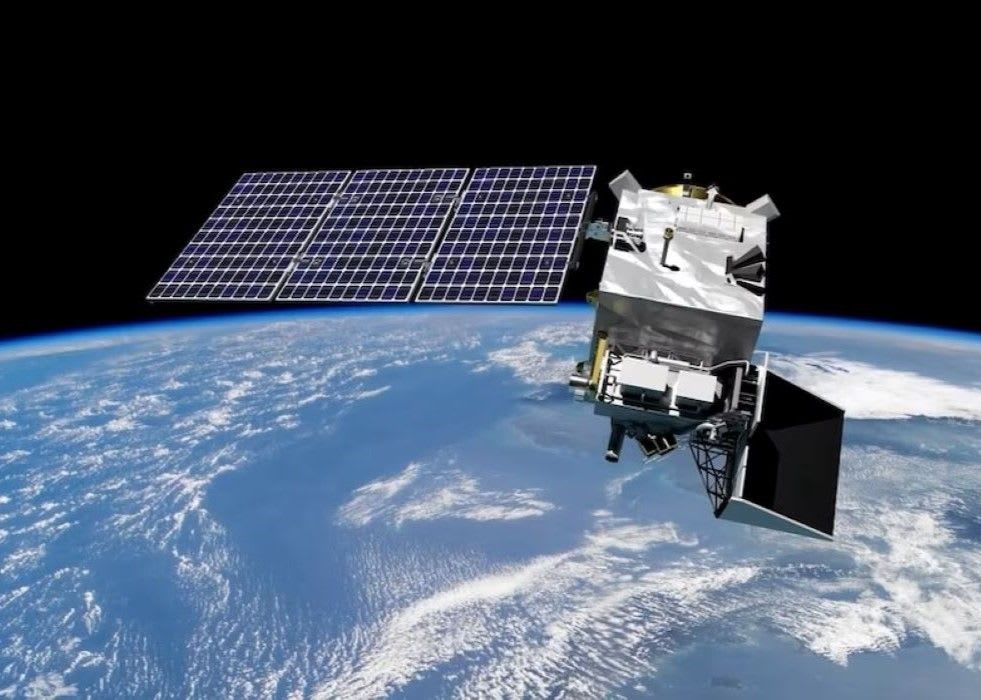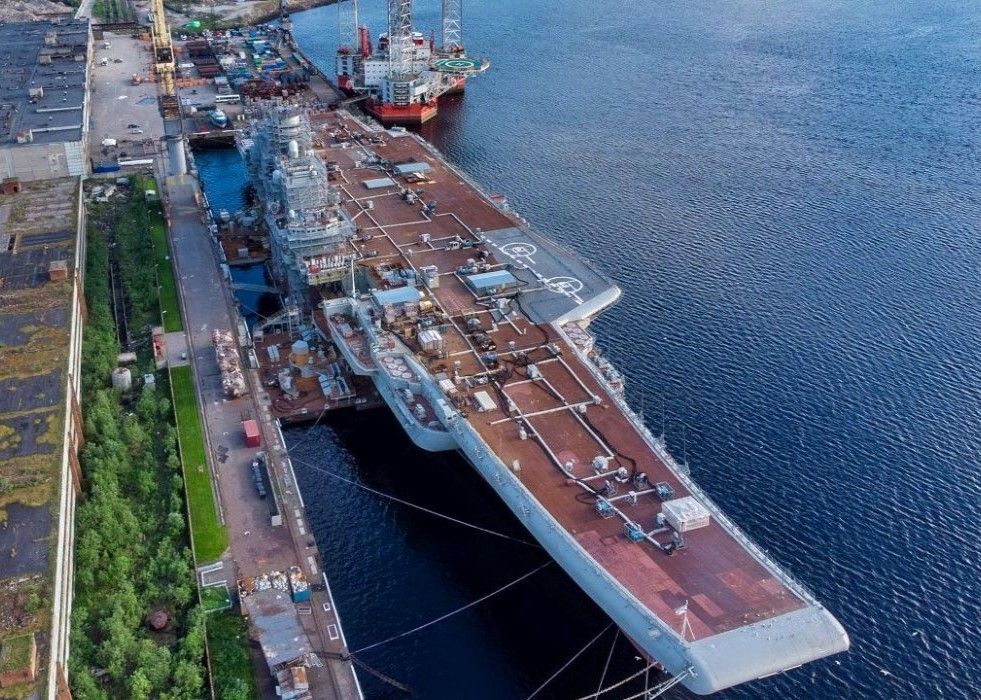NASA extracted breathable oxygen from thin Martian air. NASA converted carbon dioxide from the Martian atmosphere into pure, breathable oxygen, the U.S. space agency said on Wednesday.
The growing list of “firsts” for Perseverance, NASA’s newest six-wheeled robot on the Martian surface, includes converting some of the Red Planet’s thin, carbon dioxide-rich atmosphere into oxygen. A toaster-size, experimental instrument aboard Perseverance called the Mars Oxygen In-Situ Resource Utilization Experiment (MOXIE) accomplished the task. The test took place on Apr. 20, the 60th Martian day, or sol, since the mission landed on Feb. 18. MOXIE produced about 5 grams of oxygen, equivalent to roughly 10 minutes’ worth of breathing for an astronaut, NASA said.
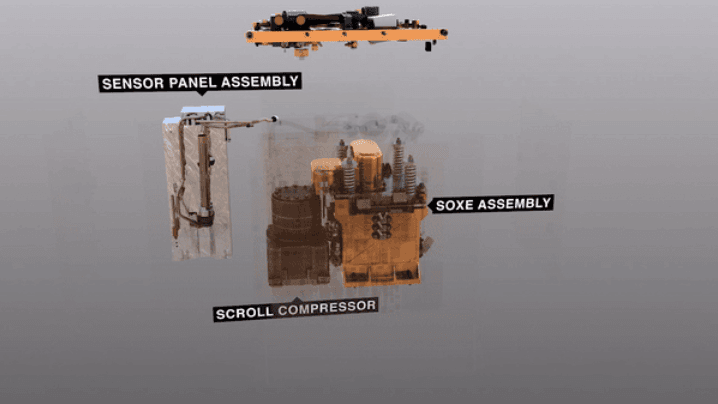
Although the initial output was modest, the feat marked the first experimental extraction of natural resources from the environment of another planet for direct use by humans.
“MOXIE isn’t just the first instrument to produce oxygen on another world,” Trudy Kortes, director of technology demonstrations within NASA’s Space Technology Mission Directorate, said in a statement. She called it the first technology of its kind to help future missions “live off the land” of another planet.
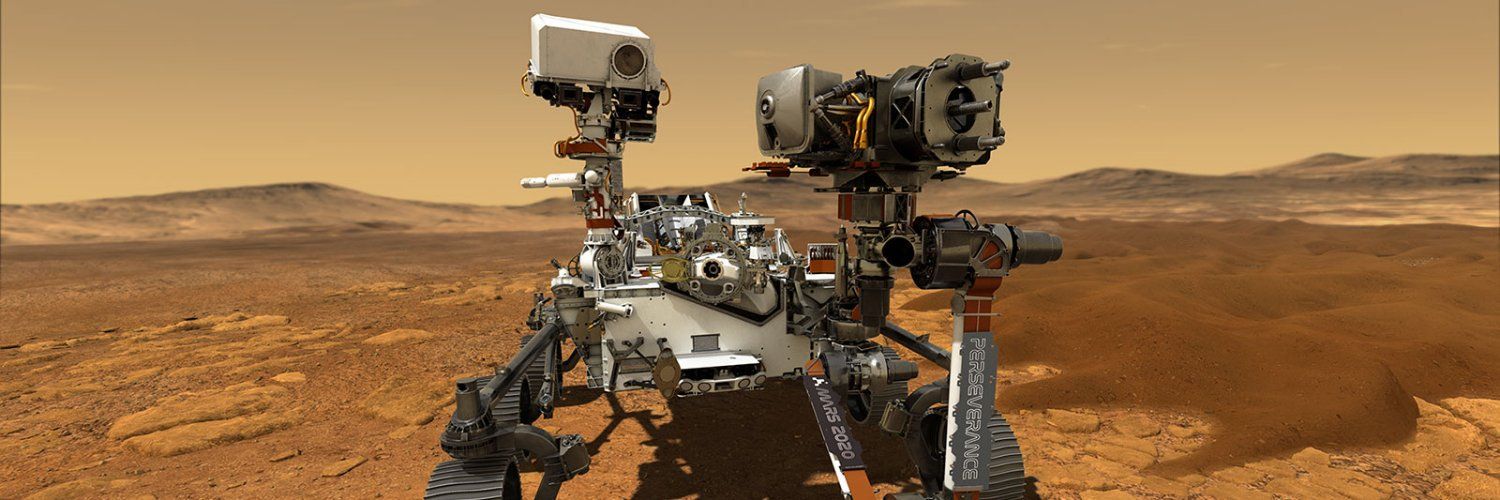
The instrument works through electrolysis, which uses approximately 800 Celsius to separate oxygen atoms from molecules of carbon dioxide, which accounts for about 95% of the atmosphere on Mars. To accommodate this, the MOXIE unit is made with heat-tolerant materials. These include 3D-printed nickel alloy parts, which heat and cool the gases flowing through it, and a lightweight aerogel that helps hold in the heat. A thin gold coating on the outside of MOXIE reflects infrared heat, keeping it from radiating outward and potentially damaging other parts of Perseverance.
The remaining 5% of Mars’ atmosphere, which is only about 1% as dense Earth’s, consists primarily of molecular nitrogen and argon. Oxygen exists on Mars in negligible trace amounts.
But an abundant supply is considered critical to eventual human exploration of the Red Planet, both as a sustainable source of breathable air for astronauts and as a necessary ingredient for rocket fuel to fly them home.
According to NASA, getting four astronauts off the Martian surface would take about 15,000 pounds (7 metric tons) of rocket fuel, combined with 55,000 pounds (25 metric tons) of oxygen.
Transporting a one-ton oxygen-conversion machine to Mars is more practical than trying to haul 25 tons of oxygen in tanks from Earth, MOXIE principal investigator Michael Hecht of the Massachusetts Institute of Technology said in NASA’s news release.
Astronauts living and working on Mars would require perhaps one metric ton of oxygen between them to last an entire year, Hecht said.
MOXIE is designed to generate up to 10 grams per hour as a proof of concept. NASA plan to run the machine at least another nine times over the next two years under different conditions and speeds.
NASA has also published a graph of MOXIE’s oxygen production, showing an oxygen rate of 6 grams per hour.
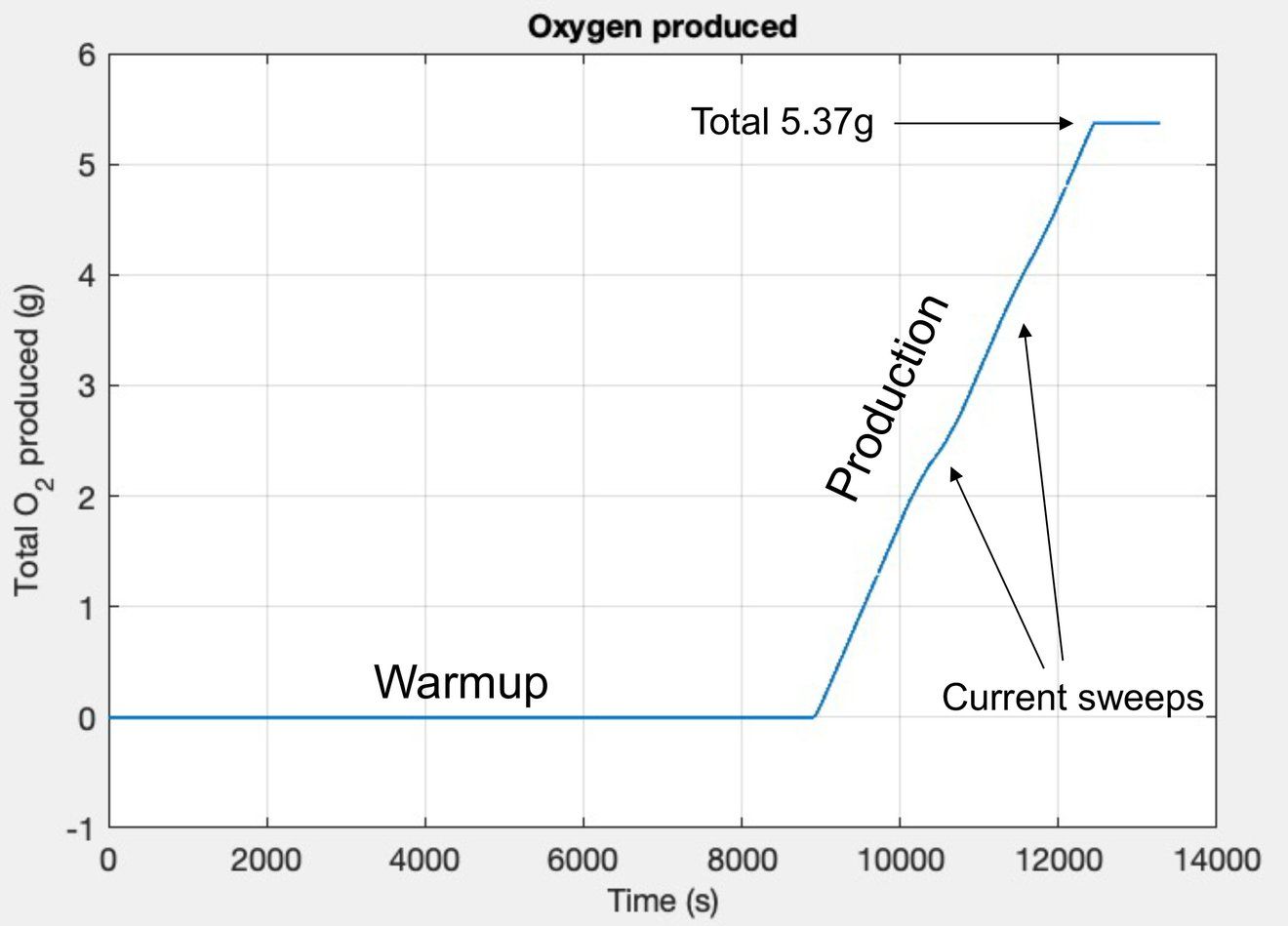
These oxygen-production runs will come in three phases. The first phase will check out and characterize the instrument’s function, while the second phase will run the instrument in varying atmospheric conditions, such as different times of day and seasons. In the third phase, Hecht said, “we’ll push the envelope” – trying new operating modes or introducing “new wrinkles, such as a run where we compare operations at three or more different temperatures.”
A key objective of Perseverance’s mission on Mars is astrobiology, including the search for signs of ancient microbial life. The rover will characterize the planet’s geology and past climate, paving the way for human exploration of the Red Planet and be the first mission to collect and cache Martian rock and regolith (broken rock and dust).
Subsequent NASA missions, in cooperation with ESA (European Space Agency), would send spacecraft to Mars to collect these sealed samples from the surface and return them to Earth for in-depth analysis.

